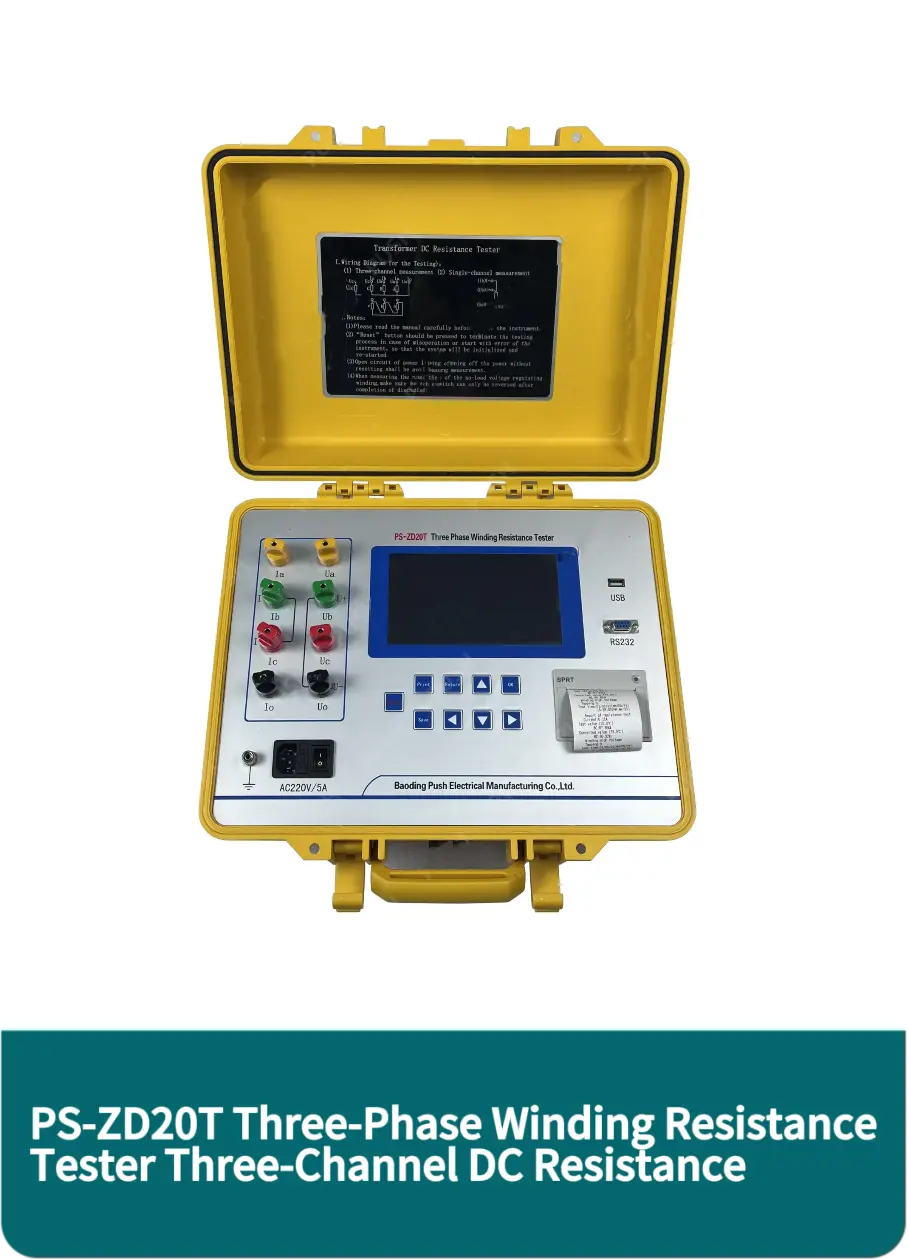 English
English



-
 Afrikaans
Afrikaans -
 Albanian
Albanian -
 Amharic
Amharic -
 Arabic
Arabic -
 Armenian
Armenian -
 Azerbaijani
Azerbaijani -
 Basque
Basque -
 Belarusian
Belarusian -
 Bengali
Bengali -
 Bosnian
Bosnian -
 Bulgarian
Bulgarian -
 Catalan
Catalan -
 Cebuano
Cebuano -
 China
China -
 China (Taiwan)
China (Taiwan) -
 Corsican
Corsican -
 Croatian
Croatian -
 Czech
Czech -
 Danish
Danish -
 Dutch
Dutch -
 English
English -
 Esperanto
Esperanto -
 Estonian
Estonian -
 Finnish
Finnish -
 French
French -
 Frisian
Frisian -
 Galician
Galician -
 Georgian
Georgian -
 German
German -
 Greek
Greek -
 Gujarati
Gujarati -
 Haitian Creole
Haitian Creole -
 hausa
hausa -
 hawaiian
hawaiian -
 Hebrew
Hebrew -
 Hindi
Hindi -
 Miao
Miao -
 Hungarian
Hungarian -
 Icelandic
Icelandic -
 igbo
igbo -
 Indonesian
Indonesian -
 irish
irish -
 Italian
Italian -
 Japanese
Japanese -
 Javanese
Javanese -
 Kannada
Kannada -
 kazakh
kazakh -
 Khmer
Khmer -
 Rwandese
Rwandese -
 Korean
Korean -
 Kurdish
Kurdish -
 Kyrgyz
Kyrgyz -
 Lao
Lao -
 Latin
Latin -
 Latvian
Latvian -
 Lithuanian
Lithuanian -
 Luxembourgish
Luxembourgish -
 Macedonian
Macedonian -
 Malgashi
Malgashi -
 Malay
Malay -
 Malayalam
Malayalam -
 Maltese
Maltese -
 Maori
Maori -
 Marathi
Marathi -
 Mongolian
Mongolian -
 Myanmar
Myanmar -
 Nepali
Nepali -
 Norwegian
Norwegian -
 Norwegian
Norwegian -
 Occitan
Occitan -
 Pashto
Pashto -
 Persian
Persian -
 Polish
Polish -
 Portuguese
Portuguese -
 Punjabi
Punjabi -
 Romanian
Romanian -
 Russian
Russian -
 Samoan
Samoan -
 Scottish Gaelic
Scottish Gaelic -
 Serbian
Serbian -
 Sesotho
Sesotho -
 Shona
Shona -
 Sindhi
Sindhi -
 Sinhala
Sinhala -
 Slovak
Slovak -
 Slovenian
Slovenian -
 Somali
Somali -
 Spanish
Spanish -
 Sundanese
Sundanese -
 Swahili
Swahili -
 Swedish
Swedish -
 Tagalog
Tagalog -
 Tajik
Tajik -
 Tamil
Tamil -
 Tatar
Tatar -
 Telugu
Telugu -
 Thai
Thai -
 Turkish
Turkish -
 Turkmen
Turkmen -
 Ukrainian
Ukrainian -
 Urdu
Urdu -
 Uighur
Uighur -
 Uzbek
Uzbek -
 Vietnamese
Vietnamese -
 Welsh
Welsh -
 Bantu
Bantu -
 Yiddish
Yiddish -
 Yoruba
Yoruba -
 Zulu
Zulu
Analyzing Complex Mixtures Using Gas Chromatography Techniques for Enhanced Separation and Identification
Gas Chromatography Analysis An Overview
Gas chromatography (GC) is a powerful analytical technique widely used for separating and analyzing compounds that can vaporize without decomposition. This method plays a crucial role in various fields including environmental monitoring, pharmaceuticals, food safety, and petrochemicals. Its effectiveness lies in its ability to provide high-resolution data quickly, making it an invaluable tool for researchers and industries alike.
At its core, gas chromatography operates on the principle of partitioning compounds between a stationary phase and a mobile phase. The stationary phase is typically a liquid or polymer that coats the inside of a column, while the mobile phase is an inert gas, often helium or nitrogen. The sample to be analyzed is vaporized and injected into the chromatograph, where it is then carried through the column by the mobile phase.
Gas Chromatography Analysis An Overview
The output of a gas chromatography analysis is a chromatogram, which is a graphical representation of the detector's response over time. Each peak in the chromatogram corresponds to a different compound within the sample, and the area under each peak is proportional to the concentration of that compound. By comparing these peaks to those of known standards, analytical chemists can identify and quantify the compounds present in the sample.
gas chromatography analysis

Gas chromatography can be employed in a variety of applications. In environmental science, it is used to detect pollutants in air, water, and soil, helping to monitor compliance with environmental regulations. In the pharmaceutical industry, GC is instrumental in ensuring the purity and potency of compounds by analyzing active pharmaceutical ingredients and their metabolites. Similarly, in the food industry, it is applied to analyze flavor compounds, preservatives, and contaminants, ensuring consumer safety and quality control.
Moreover, advancements in GC technology have led to the development of techniques such as gas chromatography-mass spectrometry (GC-MS), which combines the separation power of GC with the identification capabilities of mass spectrometry. This combination enhances the sensitivity and specificity of analyses, allowing for the detection of trace levels of compounds in complex matrices.
Despite its many benefits, gas chromatography does have some limitations. For instance, it is primarily suited for volatile and thermally stable compounds, which excludes many biomolecules such as proteins and large organic molecules. Additionally, the sample preparation process can sometimes introduce errors, requiring careful technique to ensure accuracy.
In conclusion, gas chromatography is a vital analytical tool that continues to evolve with technological advancements. Its capacity for rapid, efficient, and detailed analysis makes it essential across various scientific and industrial domains. As researchers develop new methodologies and improve existing practices, the role of gas chromatography in analysis will likely expand, leading to even more innovative applications in the future. Whether in environmental assessments, pharmaceutical research, or food safety, GC remains a cornerstone of analytical chemistry, enhancing our understanding of complex mixtures and keeping industries accountable.
-
Transformer Test Essentials: Insulating Oil Tester and TypesNewsMay.30,2025
-
Grease Testers and Oil Determination OverviewNewsMay.30,2025
-
Exploring Electricity Usage Testers and GeneratorsNewsMay.30,2025
-
Essential Guide to Transformer Oil Testing ToolsNewsMay.30,2025
-
Ensuring Safety with a Circuit Breaker FinderNewsMay.30,2025
-
Electrical Safety Tools Hipot, Dielectric, VLF TestersNewsMay.30,2025



